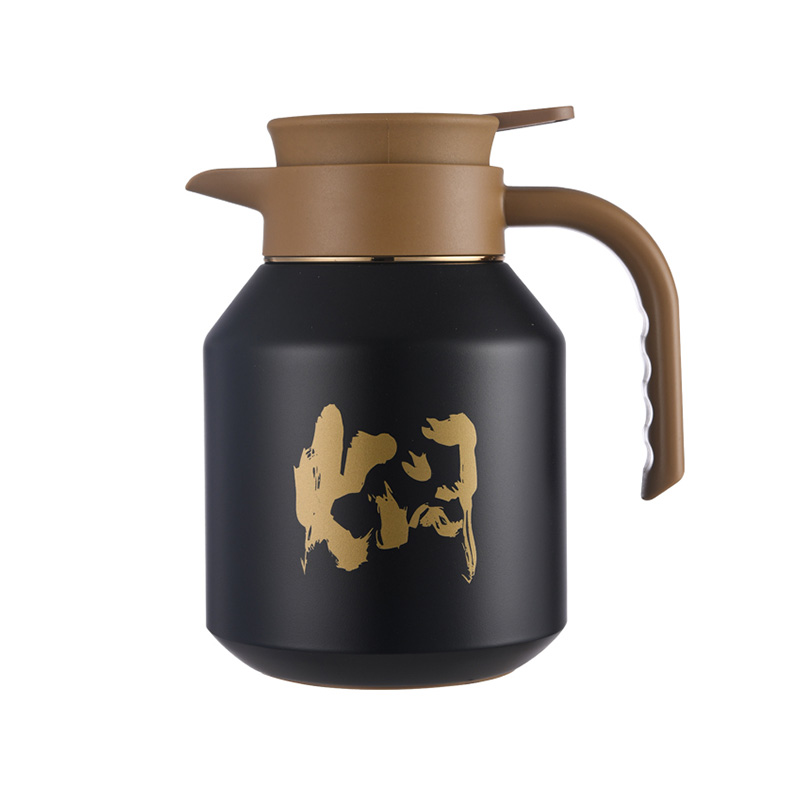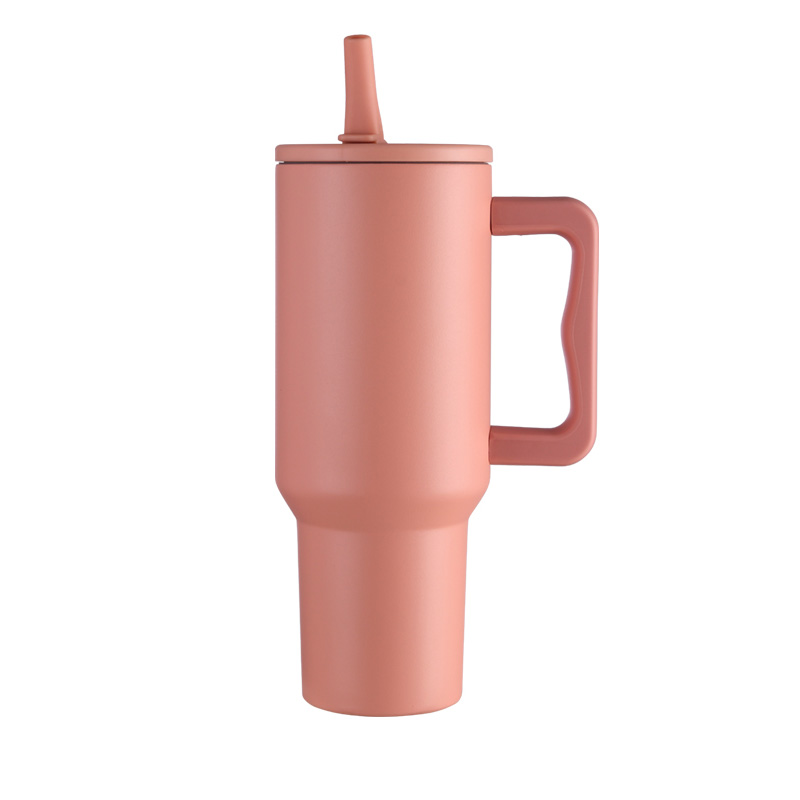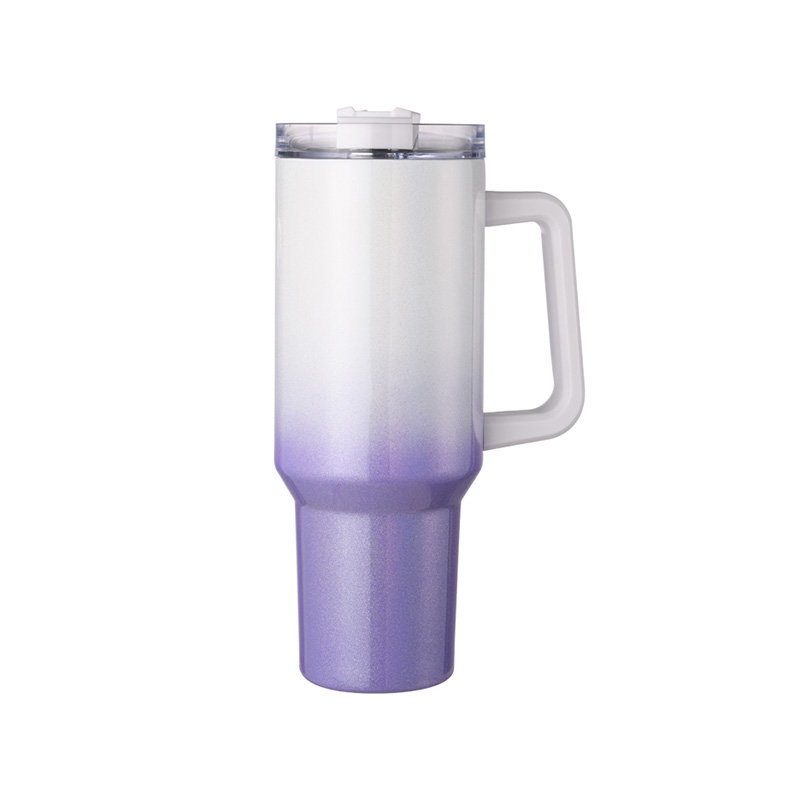-BSCI Certified S/S Tumbler
Industry News
Material Density and Thickness Influence Braised Teapot Heat Retention
Oct 17,2025
Significance of Heat Retention
A Braised Teapot is not only a vessel for brewing tea but also a tool for maintaining the suitable temperature of the tea over time. Heat retention is a key performance factor that affects flavor extraction and drinking experience. The density and thickness of the teapot material play a critical role in determining how long the tea remains warm, making these parameters essential for both manufacturers and tea enthusiasts.

Role of Material Density in Heat Retention
- High-density materials: Dense ceramics, clay, or porcelain have tightly packed molecules, which reduce heat loss through conduction. A teapot made of high-density material keeps tea warm longer compared to low-density alternatives.
- Thermal inertia: High-density materials absorb heat and release it gradually, ensuring a stable temperature during the brewing process. This allows the tea to steep evenly and retain aroma.
- Impact on flavor: Consistent heat retention reduces temperature fluctuations that could affect delicate tea flavors, ensuring a balanced and smooth taste.
Role of Material Thickness in Heat Retention
- Thicker walls: A teapot with thicker walls has more material to store thermal energy, slowing the rate of heat dissipation.
- Insulation effect: Increased thickness acts as a natural barrier between the tea and the external environment, maintaining warmth for longer periods.
- Balance with usability: While thicker teapots retain heat better, excessively thick walls may make the teapot heavier and harder to handle. Suitable thickness balances heat retention and ergonomic usability.
Combined Effects of Density and Thickness
- Enhanced thermal performance: Teapots that combine high-density materials with sufficient thickness achieve good heat retention, keeping tea warm even in cooler environments.
- Stability in brewing: Consistent temperature supports proper steeping, allowing tea leaves to release flavors evenly and preventing over-extraction or bitterness.
- Durability considerations: Dense and thick materials not only retain heat effectively but also improve structural integrity, reducing the risk of cracks from temperature fluctuations.
Material-Specific Insights
- Clay teapots: Yixing clay or other high-density clays are particularly effective at retaining heat due to their molecular structure and thickness.
- Porcelain teapots: Porcelain with moderate thickness provides a balance of heat retention and lightweight handling, suitable for quick tea sessions.
- Metal or alloy teapots: While metals conduct heat quickly, adding thickness or insulating layers improves their thermal performance without compromising durability.
Environmental and Usage Considerations
- Ambient temperature: Denser and thicker teapots perform in cooler environments where heat loss is more pronounced.
- Tea type: Some teas, like black or oolong, benefit from longer heat retention for proper steeping, while delicate teas may require quicker cooling to prevent bitterness.
- Pre-warming: Preheating the teapot enhances the benefits of material density and thickness by starting the steeping process with suitable thermal energy.
Maintenance and Longevity
- Cleaning: Avoid abrasive cleaning that could wear down the inner walls, reducing heat retention efficiency.
- Handling: Proper handling prevents chipping or cracking, which could compromise the teapot’s thermal performance.
- Storage: Storing the teapot in a stable environment prevents sudden temperature shocks, preserving both heat retention and structural integrity.
Optimizing Braised Teapot Heat Retention
The density and thickness of a Braised Teapot are fundamental determinants of its heat retention capability. High-density materials store and release heat gradually, while thicker walls provide insulation against heat loss. Together, these factors ensure a stable brewing temperature, enhance flavor extraction, and provide a comfortable drinking experience. Selecting the appropriate material and thickness for the intended use, combined with proper care and handling, improves both thermal performance and longevity of the teapot, ensuring consistent satisfaction for tea enthusiasts.
NEXT:Surface Treatments Enhancing the Durability of a Braised Teapot
Your email address will not be published. Required fields are marked *
 +86-579-87217855
+86-579-87217855 ykdc@dingchuncup.com
ykdc@dingchuncup.com


 English
English Español
Español عربى
عربى



 +86-579-87217855
+86-579-87217855 ykdc@dingchuncup.com
ykdc@dingchuncup.com +86-579-87217600
+86-579-87217600 No.169 Yingbin Avenue, Industrial function zone, Xiangzhu Town, Yongkang Zhejiang, China.
No.169 Yingbin Avenue, Industrial function zone, Xiangzhu Town, Yongkang Zhejiang, China.